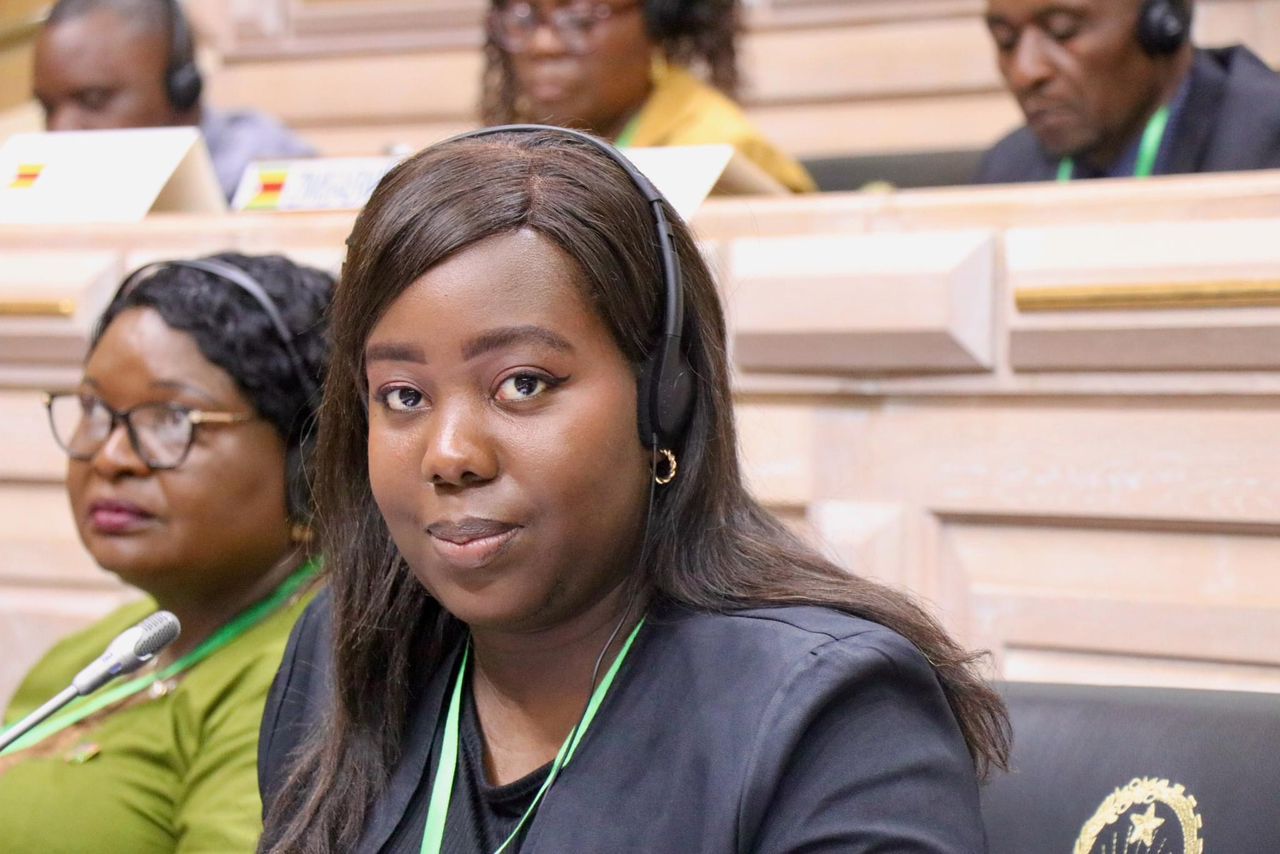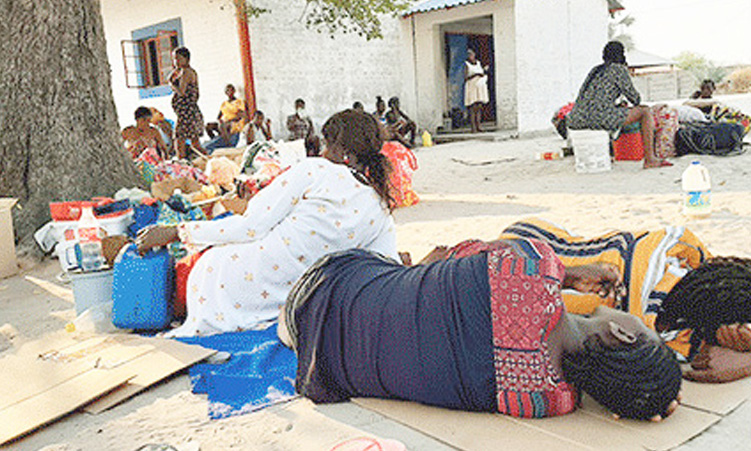Reinhold KambuliNAMWATER as the legally mandated bulk water supplier in Namibia, along with local authorities and key water consumers, constantly warns about the imminent water crisis in the central area of Namibia, including Windhoek, Okahandja and Karibib.
The crisis is likely to affect Windhoek worse than any other area due to the high population and industrial activity taking place in the city.
For many years, water has been taken for granted and abused, partly due to the notion that water is a renewable resource, and the periods of good rains experienced in most parts make people forget how vulnerable we can be without water.
The other reason is that governments, especially in the developing world, financially subsidise water infrastructure construction, development, maintenance and operations through a parastatal on a cost-recovery basis.
In other words, consumers in many cases pay only for the supply of water to maintain the carrying system. If not subsidised, privatised water provision would pose vulnerability to low-income earners in society, hence denying them access to a human right.
Despite its crucial importance, water in many cases is not considered as a pillar in guiding development, especially in urban areas.
This is borne out by poor or low budgetary allocation to finance its infrastructure development and maintenance, evident that in many countries including Namibia, governments inherited pre-independence colonial infrastructure which were poorly maintained.
Generally, the growth of settlements is driven by better life opportunities and living conditions as a result of social structures and such has been the core reason for the expansion of Windhoek and the coastal areas.
However, despite the influx of rural populations, development planning hardly considered mitigating water demand by improving living conditions in water secure parts of the country.
As a result, the major challenges of such influx coupled with water scarcity include housing, unemployment, transport and education (evident in the number of universities and private hospitals and schools in Windhoek).
But what missing link has been poorly considered in addressing the emerging challenges and what could be done?
It is evident that increasing populations resulted in need for better housing, education and transport as evident in the recently transport master plan for Windhoek and government-funded mass housing programme. However, these initiatives all aim at addressing the problem but not the root causes, which are likely to deter population influx than attracting it.
Government needs to invest in the long-term solution of improving living conditions in water secure areas like Grootfontein, Rundu, Nkurenkuru, Ruacana and Katima Mulilo. After all, that is where the majority of Namibians live!
It is disheartening that despite the crisis, little initiative is considered in that direction. Instead of focusing on the long-term water security, the President need to ask his A Team at the next breakfast if they or any managing director of a business would consider going to settle in Opuwo.
Their obvious answer would most likely be a ‘no’. If he probes further, among the answers would be that the quality of life is low in such areas; and this is the root cause that government should then address to improve these rural settlements.
Without the government considering water as a central point for guiding future development planning, water security in central Namibia cannot be achieved in the short term even with good rains.
Planning centred around water availability, coupled with key investment in infrastructure, which would enable meaningful private investments (not the retail sector) to bring about potential jobs in other parts of Namibia, is the long-term solution.
Such investments would hopefully improve the quality of life by investing in better boarding schools catering for Grade 8-12, especially for rural children so that working families can send their children to better schools outside Windhoek.
For this to be accelerated, the Ministry of Agriculture, Water and Forestry needs to enlist other ministries and guide their planned developments to be based on water provision. Subsequently, (provided key infrastructure is in place then) lobby government to pass an economic policy that guides certain industries to operate in water secure areas.
To achieve that, government must forego financing projects that bring least impacts, such as the proposed N$2 billion parliament building.
It is very interesting how parliamentarians, including those representing poorly developed regions advocate a new parliament instead of suggesting that government consider developing areas where they come from. This is a clear confirmation to Greg Mills, the author of “Why is Africa Poor and what can Africans do about it”, who indicates that it is mainly a result of poor infrastructure investment priorities and policy making.
I hope to buy the President this book on his next birthday provided he would find time to read it.
Stay informed with The Namibian – your source for credible journalism. Get in-depth reporting and opinions for
only N$85 a month. Invest in journalism, invest in democracy –
Subscribe Now!






